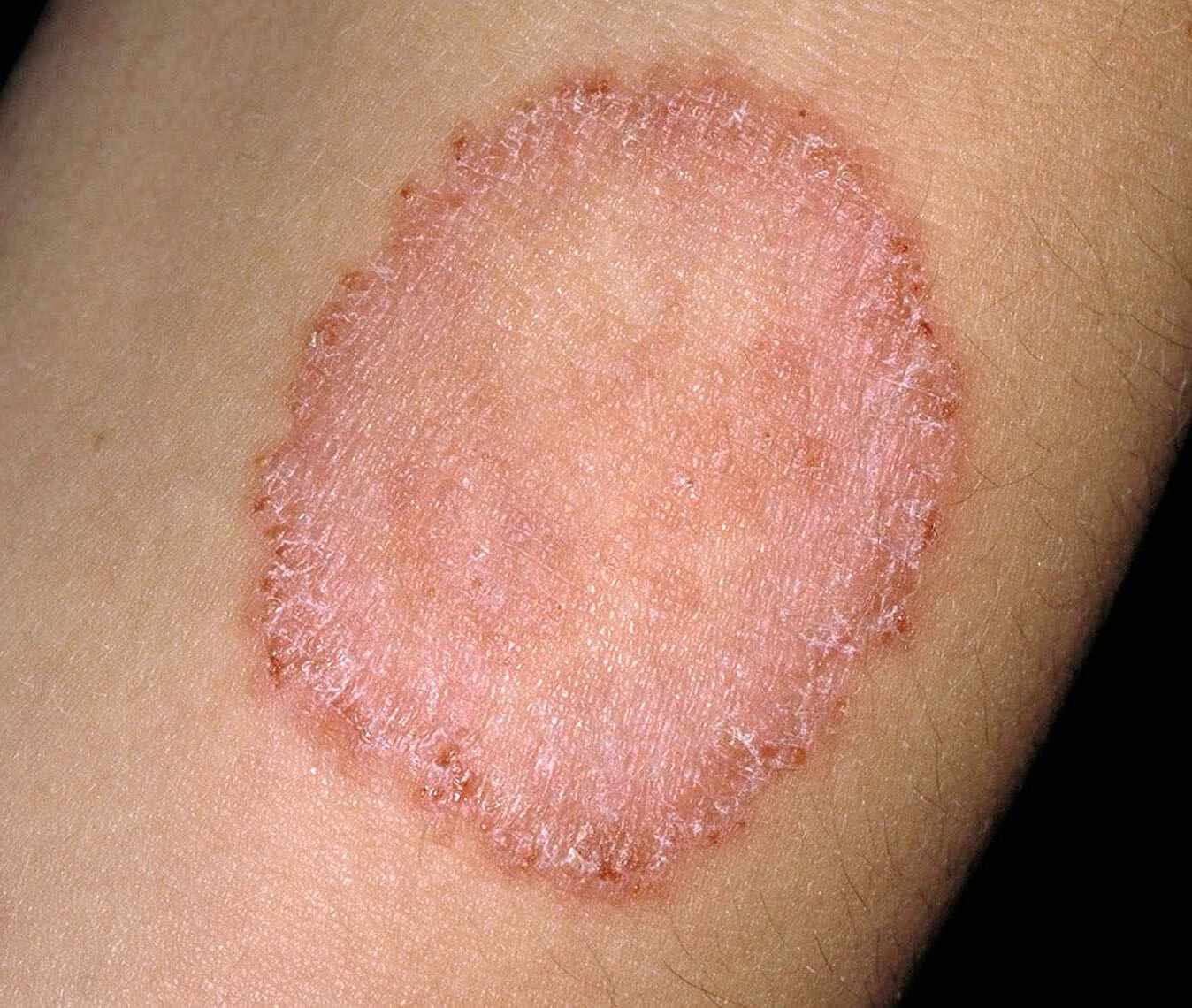
Ringworm might sound like a creepy-crawly parasite, but it’s actually a common fungal infection affecting skin, hair, and nails. Despite its name, no worms are involved. This infection creates round, red, itchy patches that can spread through direct contact with infected people, animals, or objects. Athletes, pet owners, and kids are particularly prone to catching it. Understanding ringworm helps in preventing its spread and treating it effectively. In this post, we’ll uncover 70 facts about ringworm, from its causes and symptoms to treatment options and prevention tips. Ready to learn everything you need to know about this pesky fungus? Let’s dive in!
What is Ringworm?
Ringworm, despite its name, isn't caused by worms. It's a fungal infection affecting skin, hair, and nails. Understanding this common condition can help in prevention and treatment.
- Ringworm is caused by a group of fungi called dermatophytes.
- The medical term for ringworm is "tinea."
- It can affect various body parts, including the scalp (tinea capitis), body (tinea corporis), feet (tinea pedis), and nails (tinea unguium).
- The infection appears as a red, circular rash with clearer skin in the middle, resembling a ring.
- Ringworm is highly contagious and spreads through direct contact with infected people, animals, or objects.
How is Ringworm Transmitted?
Knowing how ringworm spreads can help in taking preventive measures. Here are some key facts about its transmission.
- Ringworm can spread through skin-to-skin contact with an infected person.
- It can also be contracted by touching contaminated items like towels, clothing, or bedding.
- Pets, especially cats and dogs, can carry and transmit ringworm to humans.
- Walking barefoot in public places like locker rooms or swimming pools increases the risk of getting ringworm.
- Sharing personal items such as hairbrushes or hats can also lead to infection.
Symptoms of Ringworm
Recognizing the symptoms early can lead to prompt treatment and prevent spreading. Here are the common signs to look out for.
- The most noticeable symptom is a red, itchy, ring-shaped rash.
- The rash may have raised edges and a clearer center.
- Infected areas can become scaly, cracked, or blistered.
- On the scalp, ringworm can cause bald patches.
- Nails infected with ringworm may become thick, discolored, and brittle.
Diagnosing Ringworm
Proper diagnosis is crucial for effective treatment. Here's how ringworm is typically diagnosed.
- A doctor can often diagnose ringworm based on the appearance of the rash.
- Skin scrapings from the infected area may be examined under a microscope.
- A Wood's lamp, which emits ultraviolet light, can help detect certain types of fungi.
- In some cases, a fungal culture may be done to identify the specific fungus.
- Early diagnosis can prevent the infection from spreading to others.
Treating Ringworm
Treatment options vary depending on the severity and location of the infection. Here are some common treatments.
- Over-the-counter antifungal creams, lotions, or powders can treat mild cases.
- Prescription antifungal medications may be needed for more severe infections.
- Oral antifungal drugs are often used for scalp ringworm.
- Keeping the affected area clean and dry helps speed up recovery.
- Avoiding scratching the rash can prevent further irritation and spreading.
Preventing Ringworm
Prevention is always better than cure. Here are some tips to avoid getting ringworm.
- Maintain good personal hygiene by washing hands regularly.
- Keep skin clean and dry, especially in areas prone to sweating.
- Avoid sharing personal items like towels, clothing, or sports gear.
- Wear sandals or flip-flops in public showers, locker rooms, and pool areas.
- Regularly clean and disinfect household items and pet bedding.
Ringworm in Pets
Pets can be both carriers and victims of ringworm. Here’s what you need to know about ringworm in animals.
- Cats are more commonly affected by ringworm than dogs.
- Infected pets may show signs like hair loss, scaly skin, or red patches.
- Ringworm in pets can be diagnosed through a fungal culture or a Wood's lamp examination.
- Treatment for pets includes antifungal shampoos, creams, or oral medications.
- Isolating infected pets can prevent the spread to other animals and humans.
Myths and Misconceptions
There are many myths surrounding ringworm. Here are some common misconceptions debunked.
- Ringworm is not caused by worms, despite its name.
- It is not a result of poor hygiene, though good hygiene can help prevent it.
- Ringworm does not only affect children; adults can get it too.
- It is not always ring-shaped; the appearance can vary.
- Ringworm is not a serious condition but can be uncomfortable and contagious.
Ringworm in History
Ringworm has been known to humans for centuries. Here are some historical facts about this infection.
- Ancient Greek and Roman physicians documented cases of ringworm.
- The term "ringworm" has been used since the 16th century.
- Early treatments included herbal remedies and ointments.
- The discovery of antifungal medications revolutionized ringworm treatment.
- Despite advances, ringworm remains a common global health issue.
Interesting Facts About Ringworm
Here are some intriguing tidbits about ringworm that you might not know.
- Ringworm can affect both humans and animals, making it a zoonotic disease.
- The fungi causing ringworm thrive in warm, moist environments.
- Ringworm can sometimes be mistaken for other skin conditions like eczema or psoriasis.
- The infection can recur if not treated properly.
- Ringworm can spread rapidly in crowded environments like schools or daycare centers.
Ringworm and Sports
Athletes are particularly susceptible to ringworm. Here’s why and how they can protect themselves.
- Wrestlers and other contact sports athletes are at higher risk due to skin-to-skin contact.
- Sharing sports equipment can also spread the infection.
- Wearing breathable, moisture-wicking clothing can help prevent ringworm.
- Showering immediately after sports activities reduces the risk.
- Regularly cleaning and disinfecting sports gear is essential.
Ringworm and Children
Children are often more vulnerable to ringworm. Here’s what parents need to know.
- Kids can get ringworm from playing with infected pets or other children.
- Schools and playgrounds are common places for ringworm transmission.
- Teaching children good hygiene practices can help prevent infection.
- Parents should check their children’s skin regularly for signs of ringworm.
- Prompt treatment can prevent the infection from spreading to other family members.
Ringworm and Climate
Climate plays a role in the prevalence of ringworm. Here’s how different weather conditions affect it.
- Ringworm is more common in warm, humid climates.
- Fungi thrive in moist environments, making tropical regions hotspots for ringworm.
- Dry, cold climates see fewer cases of ringworm.
- Seasonal changes can influence the spread of the infection.
- Proper clothing and hygiene can mitigate the risk in various climates.
Ringworm and Immunity
A person’s immune system can impact their susceptibility to ringworm. Here’s how immunity plays a role.
- People with weakened immune systems are more prone to ringworm.
- Conditions like diabetes or HIV can increase the risk of infection.
- Stress and poor nutrition can also weaken the immune system, making one more susceptible.
- Maintaining a healthy lifestyle can boost immunity and reduce the risk.
- Vaccines for ringworm are currently not available, making prevention and treatment crucial.
Final Thoughts on Ringworm Facts
Ringworm, despite its misleading name, isn't caused by worms but by fungi. It's a common skin infection that can affect anyone, regardless of age or hygiene habits. Recognizing the symptoms early, like red, itchy patches, helps in seeking timely treatment. Over-the-counter antifungal creams usually do the trick, but severe cases might need a doctor's attention. Preventing ringworm involves good hygiene practices, such as not sharing personal items and keeping skin dry and clean. Pets can also carry ringworm, so regular vet check-ups are essential. Remember, ringworm is highly contagious, so quick action can prevent it from spreading to others. Stay informed, stay clean, and don't let this pesky fungus disrupt your life.
Was this page helpful?
Our commitment to delivering trustworthy and engaging content is at the heart of what we do. Each fact on our site is contributed by real users like you, bringing a wealth of diverse insights and information. To ensure the highest standards of accuracy and reliability, our dedicated editors meticulously review each submission. This process guarantees that the facts we share are not only fascinating but also credible. Trust in our commitment to quality and authenticity as you explore and learn with us.


